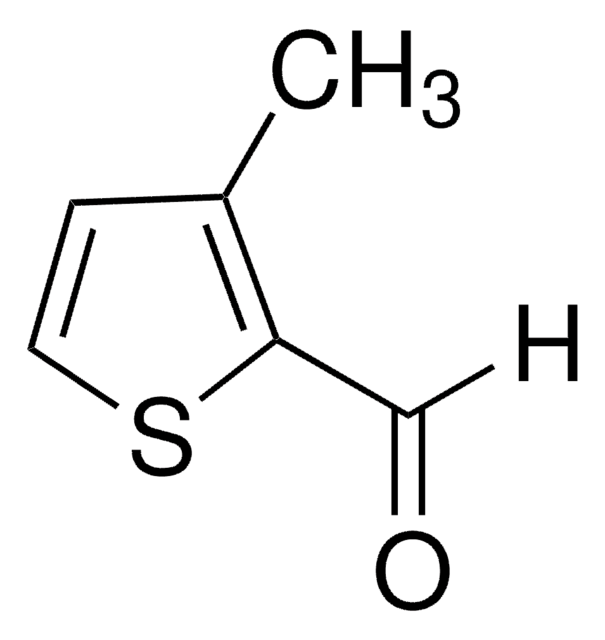General description
This labeling kit is for labeling 20-50 μg antibody with the far red fluorescent dye CF660C. Mix-n-Stain CF dye antibody labeling kits are a revolutionary antibody labeling technology that permits one to label antibodies with our superior CF dyes in 30 minutes without a purification step. The labeling procedure tolerates many common buffer components and antibody stabilizers. CF660C emits fluorescence at about 685 nm in the borderline spectral region between far-red and near-IR. Although its absorption maximum is around 660 nm, the dye can be sufficiently excited by the 633, 635 or 640 nm laser. When combined with other CF dyes of shorter wavelengths, CF660C can serve as a useful long wavelength dye in multi-color detection. The dye is spectrally similar to Alexa Fluor™ 660 but far superior to the latter in performance. Like Alexa Fluor™ 660, CF660C is a cyanine-based dye. However, when conjugated to protein, CF660C is several fold brighter and significantly more photostable than Alexa Fluor™ 660.
Application
The Mix-n-Stain CF dye antibody labeling kit can be used to label primary antibody for ELISA, western blot, immunohistochemistry, flow cytometry, immunofluorescence or immunocytochemistry applications.
Features and Benefits
Mix-n-Stain CF dye antibody labeling kits dramatically simplify the process of preparing fluorescently labeled antibodies, particularly primary antibodies. Simply mix your antibody with a CF dye of your choice in the buffer provided, a step that takes less than 30 seconds of hands-on time. After waiting for another 30 minutes, without a separation step, you will have a fluorescent antibody conjugate that is as good as the best pre-labeled fluorescent antibody you can buy from some of the leading suppliers. There is no need to calculate how much dye you should use; just mix your antibody with the entire amount of dye provided and you will always produce optimal labeling. Moreover, the labeling reaction can tolerate the presence of common stabilizers, such as sodium azide, Tris, glycerol and low level of BSA.
Components
The kit consists of 1 vial each of Mix-n-Stain Dye, Mix-n-Stain Reaction Buffer (10x), Mix-n-Stain Storage Buffer, and an ultrafiltration vial.
Analysis Note
Direct replacement for: Alexa Fluor™ 660
Legal Information
This product is distributed by Sigma-Aldrich Co. under the authorization of Biotium, Inc. This product is covered by one or more US patents and corresponding patent claims outside the US patents or pending applications owned or licensed by Biotium, Inc. including without limitation: 12/334,387; 12/607,915; 12/699,778; 12/850,578; 61/454,484. In consideration of the purchase price paid by the buyer, the buyer is hereby granted a limited, non-exclusive, non-transferable license to use only the purchased amount of the product solely for the buyer′s own internal research in a manner consistent with the accompanying product literature. Except as expressly granted herein, the sale of this product does not grant to or convey upon the buyer any license, expressly, by implication or estoppel, under any patent right or other intellectual property right of Biotium, Inc. Buyer shall not resell or transfer this product to any third party, or use the product for any commercial purposes, including without limitation, any diagnostic, therapeutic or prophylactic uses. This product is for research use only. Any other uses, including diagnostic uses, require a separate license from Biotium, Inc. For information on purchasing a license to use this product for purposes other than research, contact Biotium, Inc., 3159 Corporate Place, Hayward, CA 94545, Tel: (510) 265-1027. Fax: (510) 265-1352. Email: btinfo@biotium.com.
ALEXA FLUOR is a trademark of Life Technologies
CF is a trademark of Biotium, Inc.
Mix-n-Stain is a trademark of Biotium, Inc.
Disclaimer
Unless otherwise stated in our catalog or other company documentation accompanying the product(s), our products are intended for research use only and are not to be used for any other purpose, which includes but is not limited to, unauthorized commercial uses, in vitro diagnostic uses, ex vivo or in vivo therapeutic uses or any type of consumption or application to humans or animals.


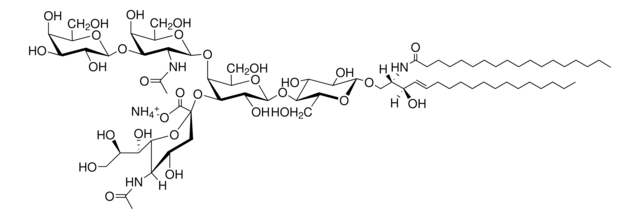



![23:2 Diyne PE [DC(8,9)PE] 1,2-bis(10,12-tricosadiynoyl)-sn-glycero-3-phosphoethanolamine, powder](/deepweb/assets/sigmaaldrich/product/images/228/422/4e95f75c-14fa-4117-a383-2eff73fa927f/640/4e95f75c-14fa-4117-a383-2eff73fa927f.jpg)
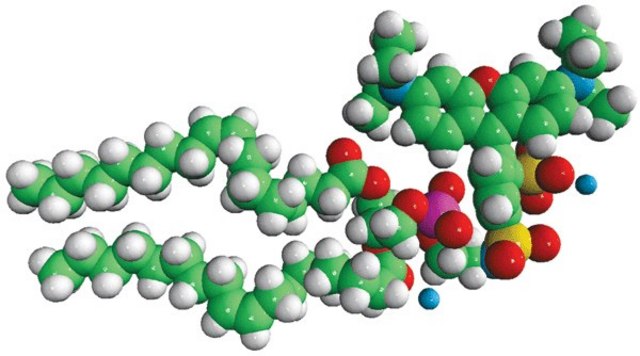

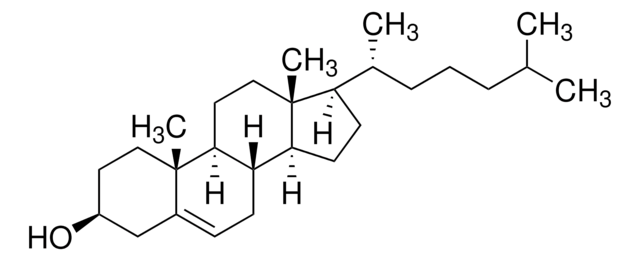



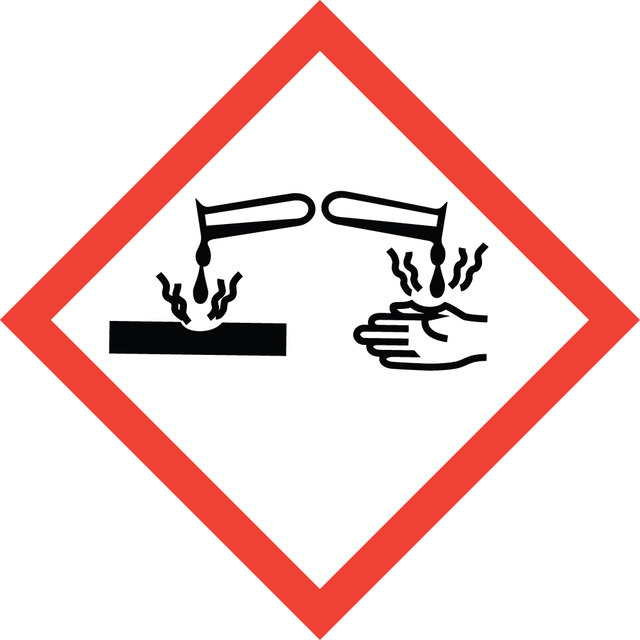

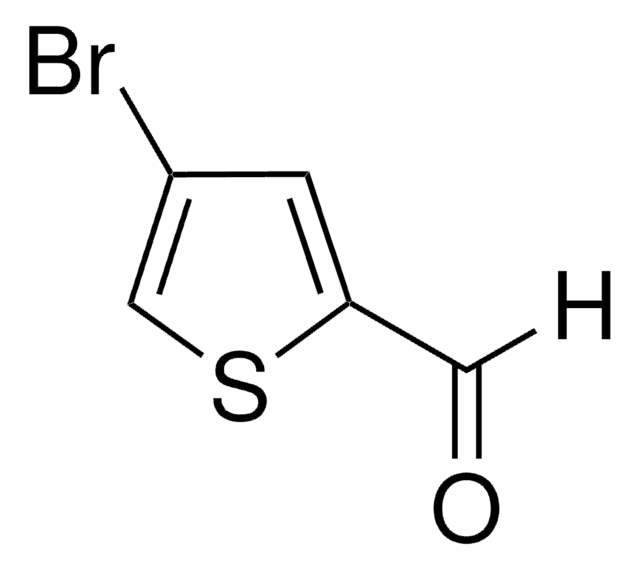
![Benzo[b]thiophene-2-carboxaldehyde 97%](/deepweb/assets/sigmaaldrich/product/structures/321/060/32405a4e-5720-4c6d-91cf-115c747270c4/640/32405a4e-5720-4c6d-91cf-115c747270c4.png)
